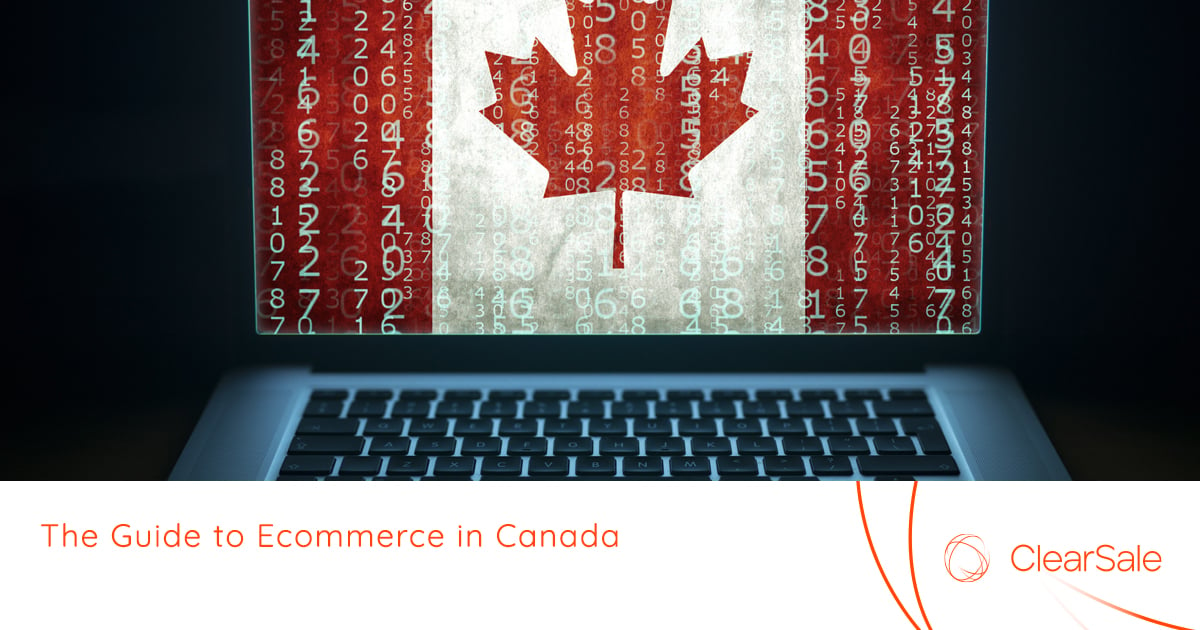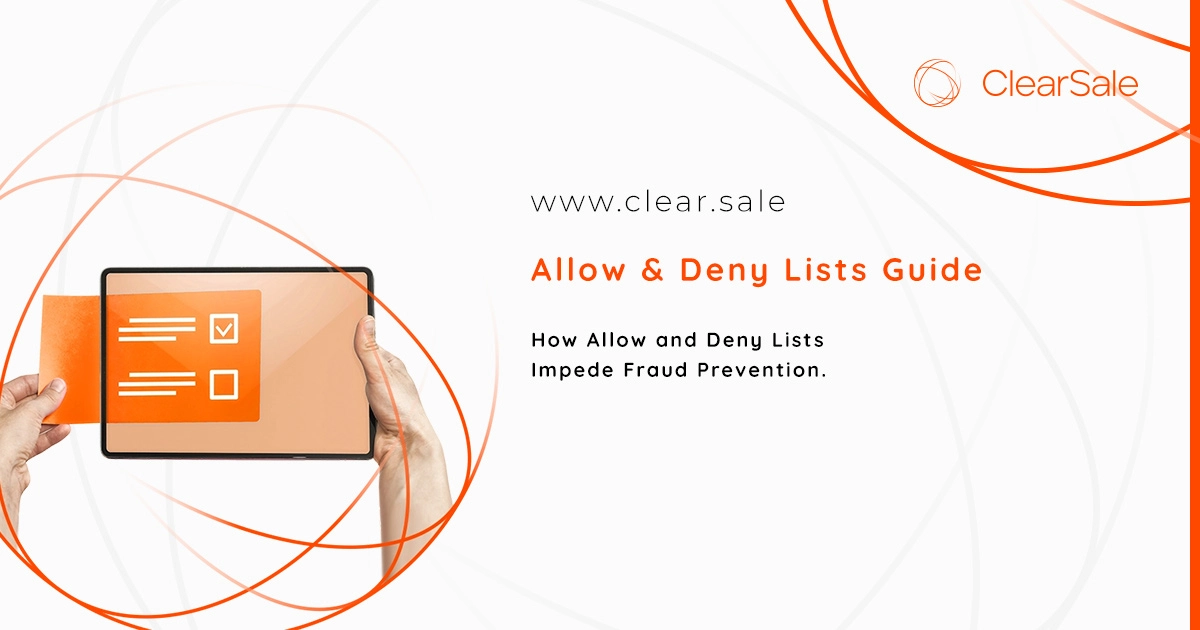Canada is the logical next step for a U.S.-based ecommerce business looking to expand internationally, or for any ecommerce merchant interested in growing its footprint in North America.

Ecommerce Fraud Ebooks & Guides
Explore our library of deep-dive resources on today’s most important ecommerce and fraud management strategies.
Country Profiles

A Guide to Ecommerce in Vietnam
Among Southeast Asian countries, Vietnam has emerged as one of the most promising territories for ecommerce expansion. Here is everything you need to know about ecommerce in Vietnam.

The Guide to Ecommerce in Australia
This guide covers everything you need to know to get started with ecommerce in Australia. We’ll dive into an overview of the Australian market and customer behaviors.
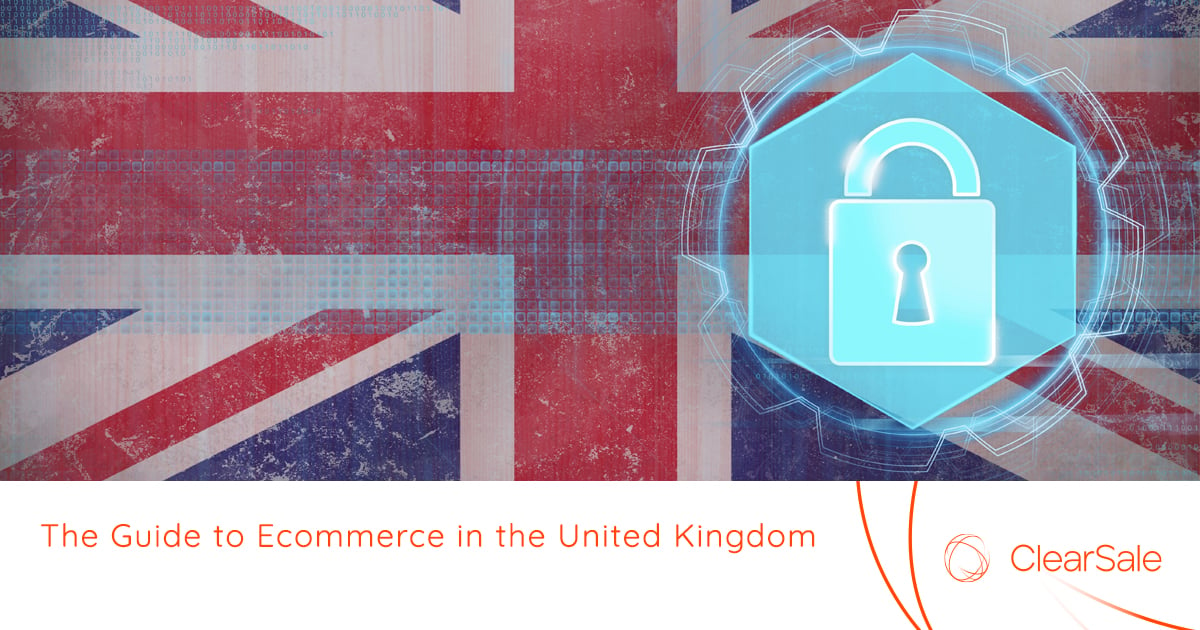
The Guide to Ecommerce in the United Kingdom
Everything you need to know about the market, buying habits, and fraud to launch an ecommerce business in the rapidly growing U.K. market.
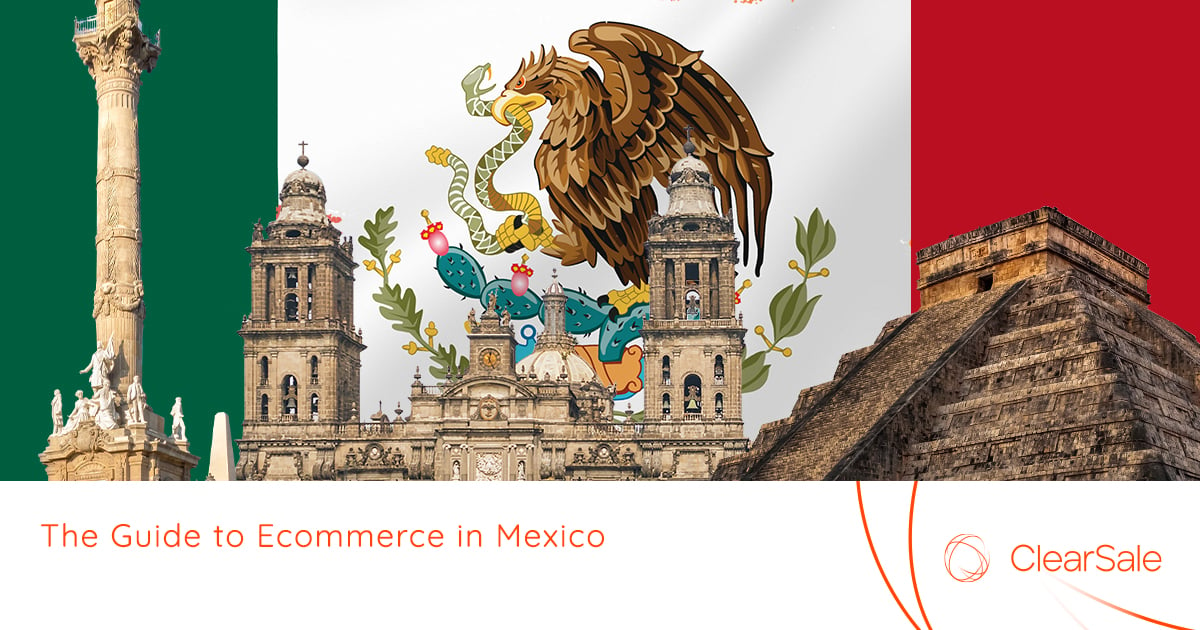
The Guide to Ecommerce in Mexico
Everything you need to know about the market, buying habits, and fraud to launch an ecommerce business in Mexico.
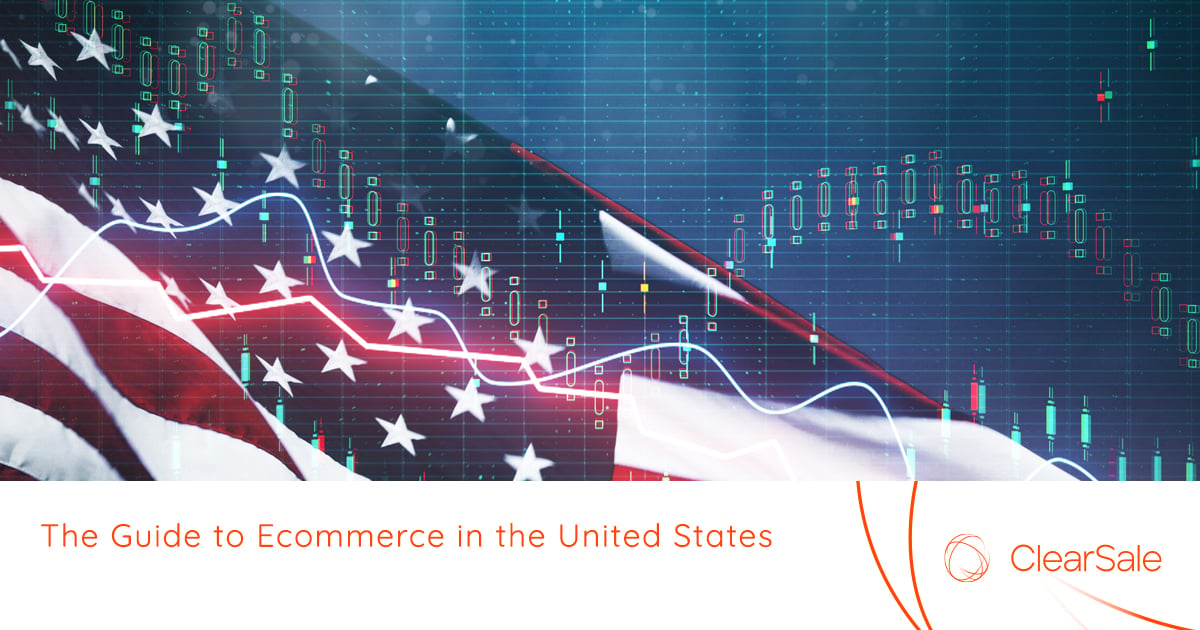
The Guide to Ecommerce in the United States
In the world of ecommerce, one market looms larger than the rest: The United States of America. The U.S. has long enticed businesses as the land of opportunity.
Guides
.jpg)
Finding the Perfect Decision Speed: ClearSale’s Decision Tree
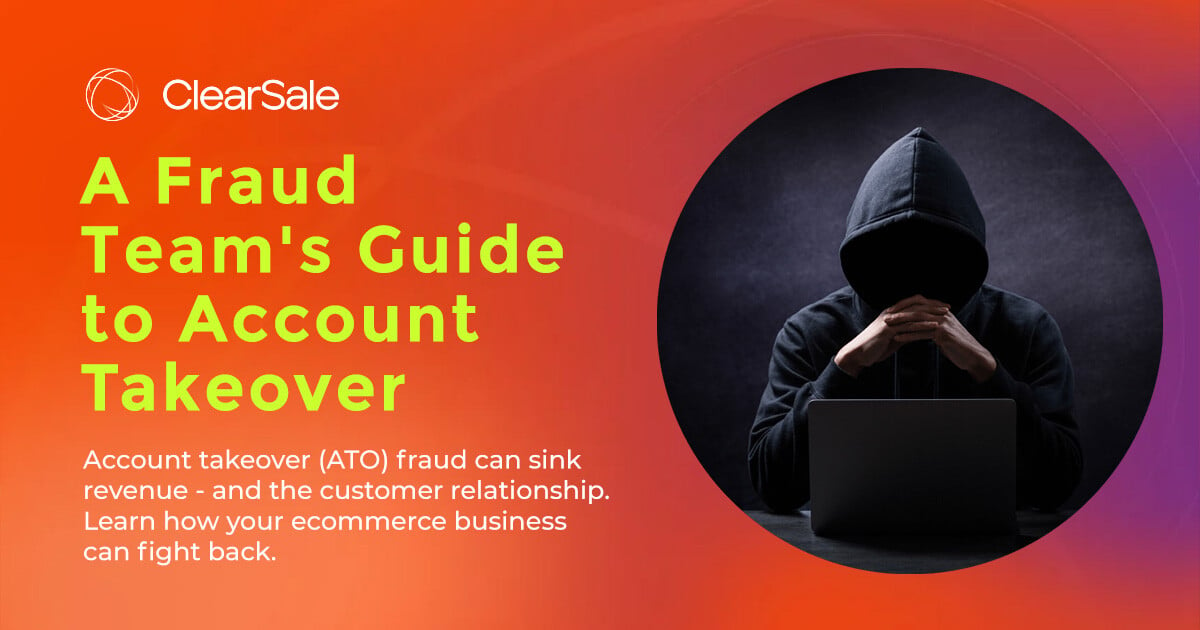
State of ATO Fraud
Account takeover (ATO) fraud can sink revenue — and the customer relationship. Learn how your ecommerce business can fight back.

Industry Guide to Automotive Ecommerce
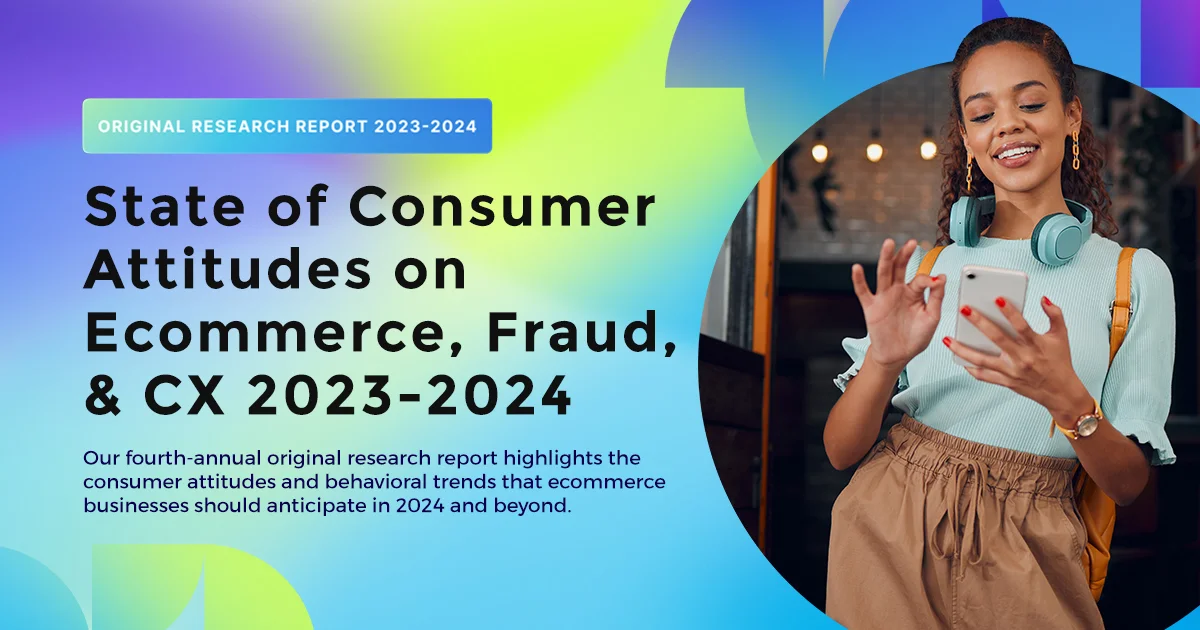
State of Consumer Attitudes on Ecommerce, Fraud, & CX 2023-2024
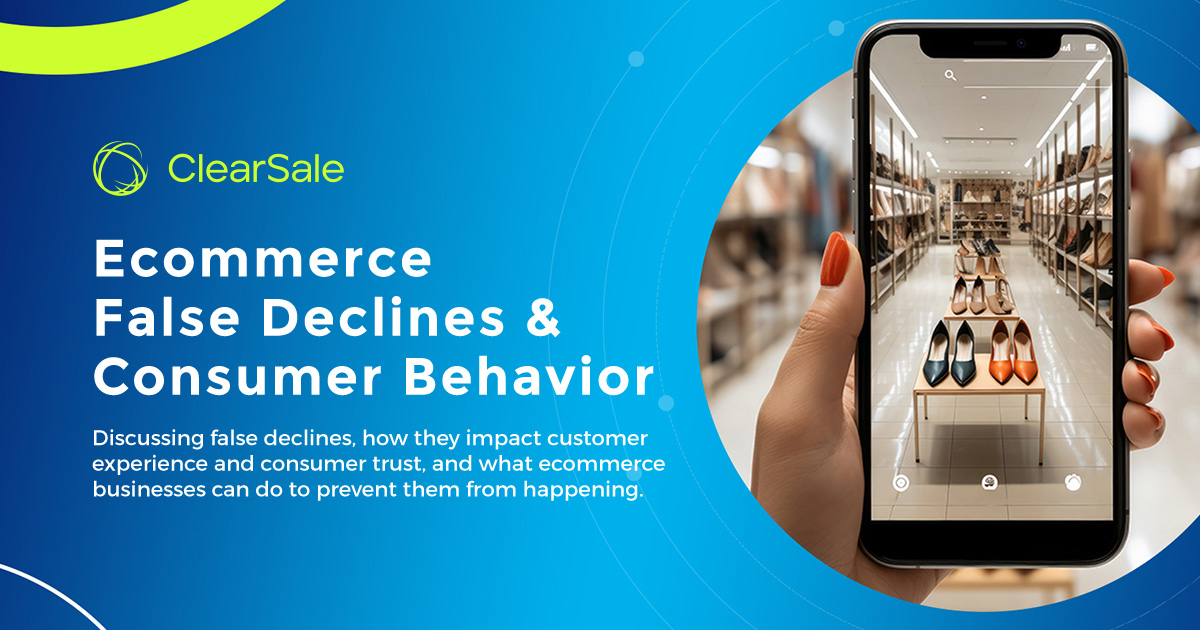
Ecommerce False Declines & Consumer Behavior
Discover the impact of false declines on ecommerce businesses and consumer trust. Learn how to prevent them and build customer loyalty in the digital age.

Ecommerce & Friendly Fraud: A Complete Guide
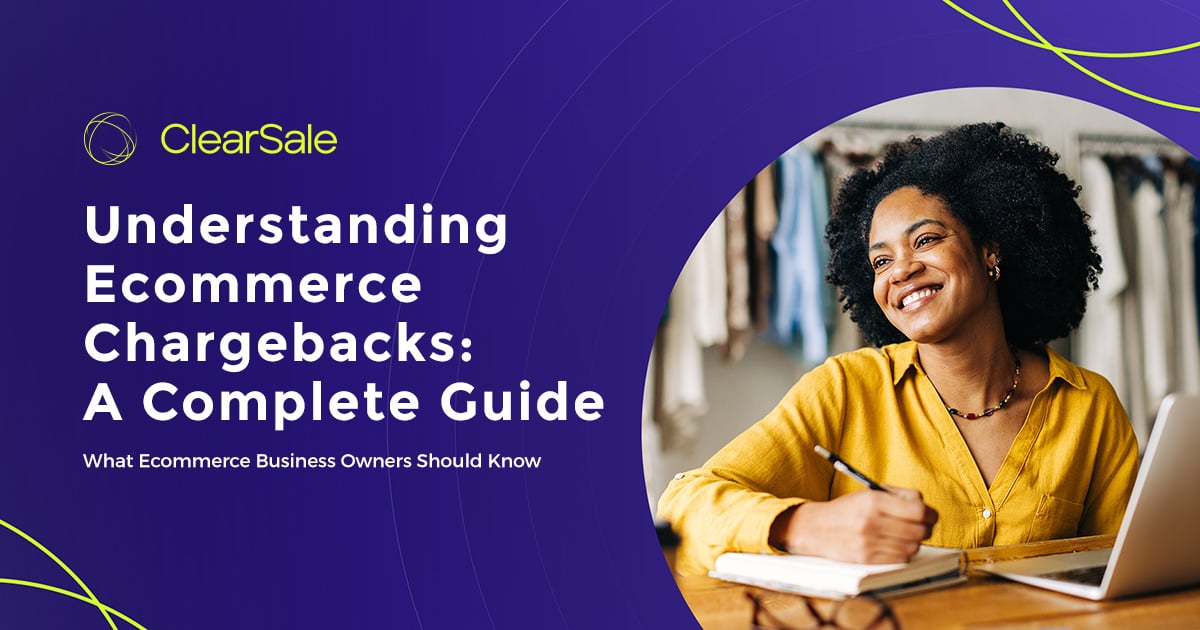
Understanding Ecommerce Chargebacks: A Complete Guide

Ecommerce Industry Guide: Food & Delivery
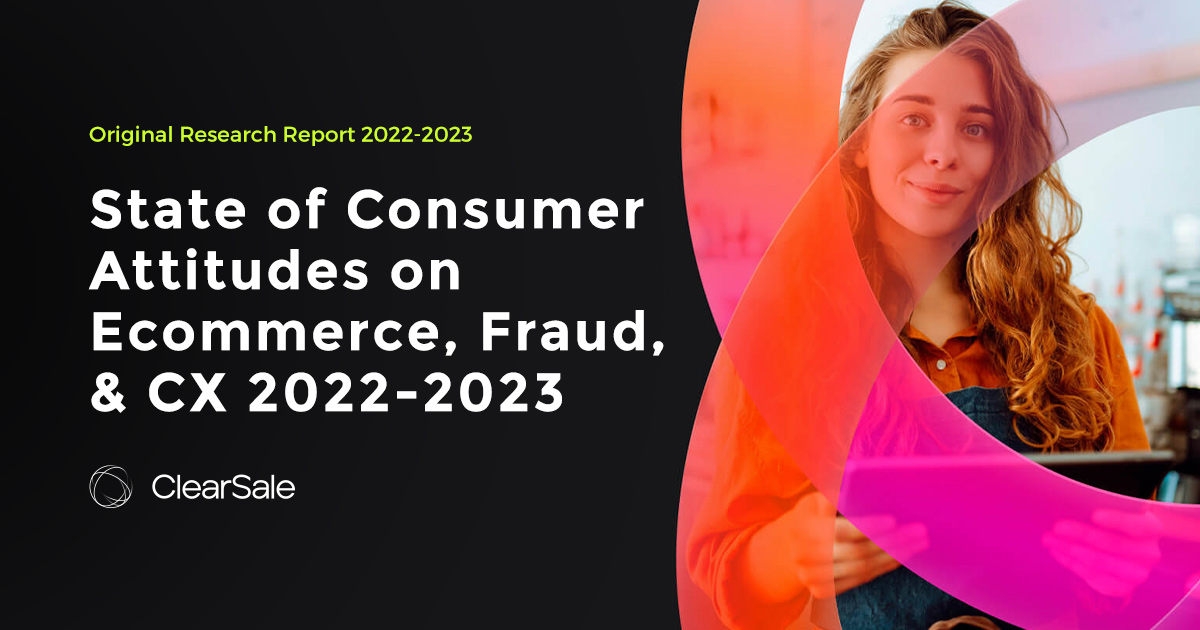
State of Consumer Attitudes on Ecommerce, Fraud & CX 2022-2023

How to Balance Ecommerce Regulations and Customer Experience
Today’s ecommerce businesses must balance complying with regulations and delivering a superior customer experience. Find out how you can do both.

Travel & Airline Industry Guide to Ecommerce
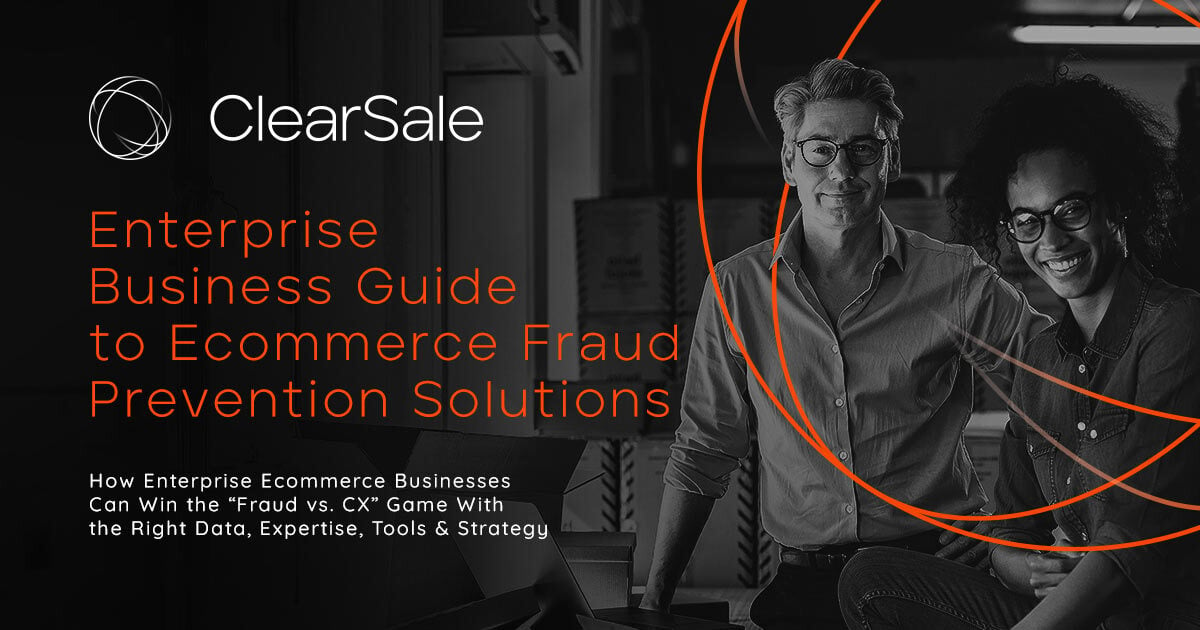
Enterprise Business Guide to Ecommerce Fraud Prevention Solutions
.jpg)
The champion is back! Fraud-Proofing World Cup Ecommerce Campaigns

Ecommerce Industry Guide: Consumer Electronics

Ecommerce Industry Guide: Luxury Retail Industry
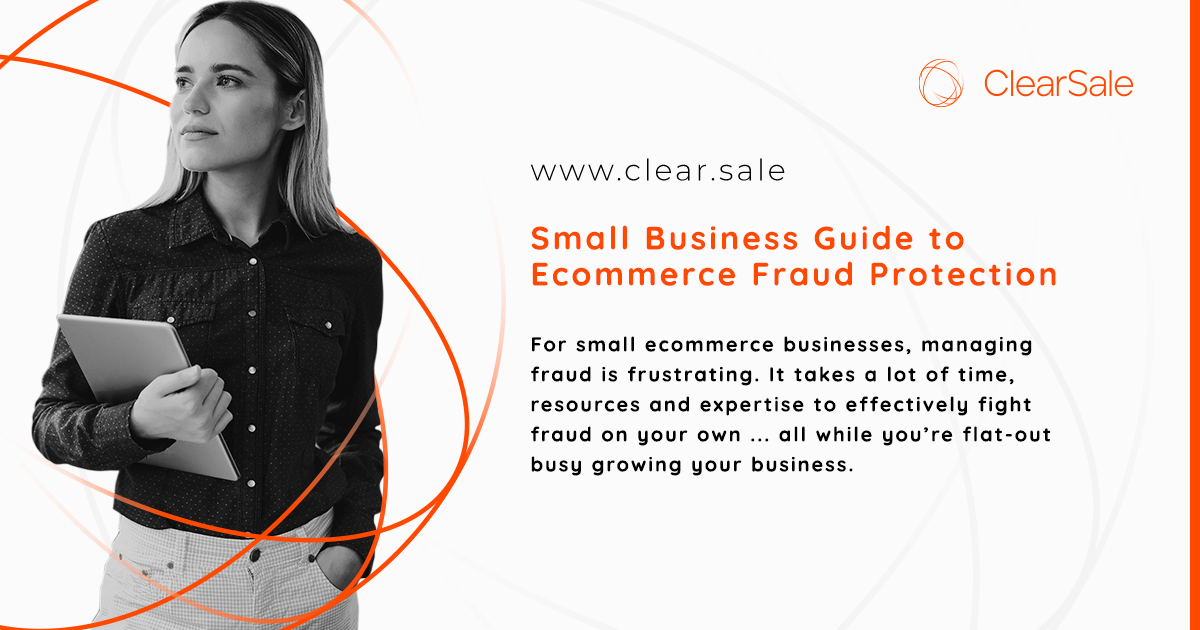
Small Business Guide to Ecommerce Fraud Protection
This guide has everything small-business owners like you need to know to fight fraud in the most effective way possible.
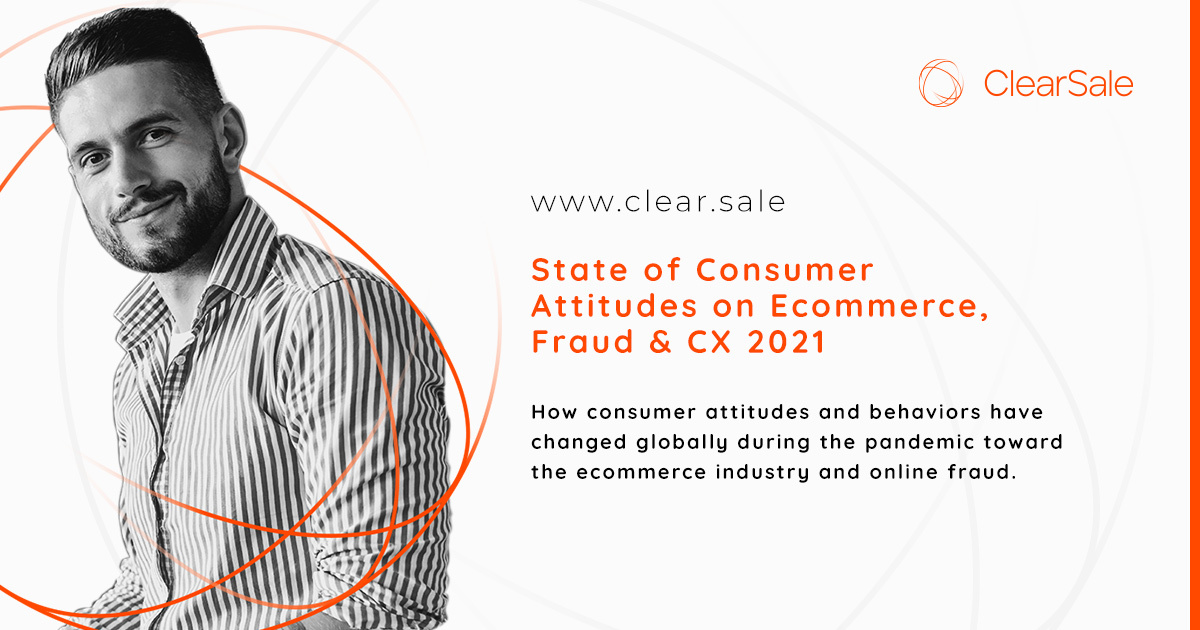
State of Consumer Attitudes on Ecommerce, Fraud & CX 2021
How consumer attitudes and behaviors have changed globally during the pandemic toward the ecommerce industry and online fraud.
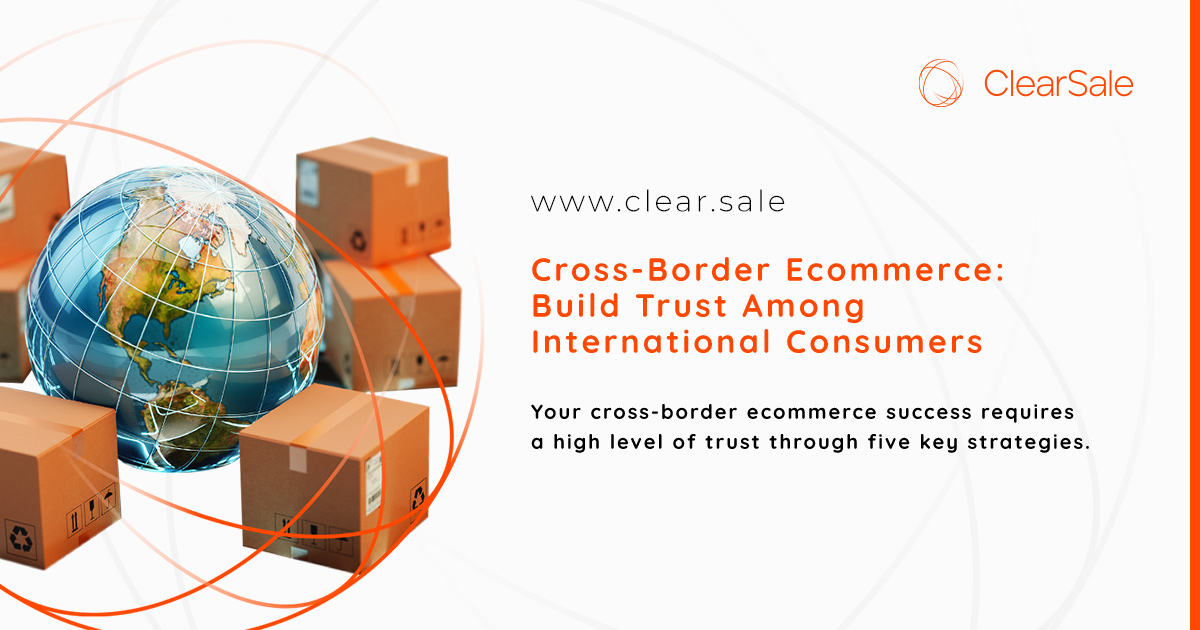
Cross-Border Ecommerce: Build Trust Among International Consumers
Your cross-border ecommerce success requires a high level of trust through five key strategies.

Migrating to Shopify: A Step-by-Step Guide
If you’re considering Shopify (or have already decided to make the switch) and need guidance for your migration, read on!

2021 Global Ecommerce Consumer Behavior Analysis
What the ecommerce industry needs to know about how consumer attitudes and behavior are evolving.
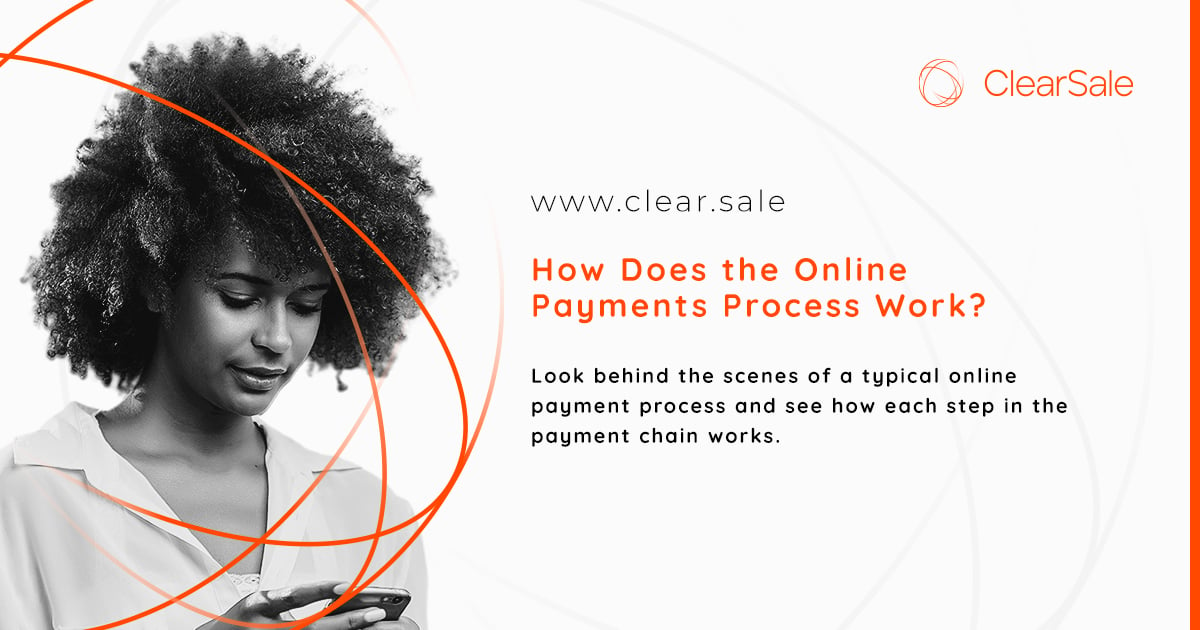
How Does the Online Payments Process Work?
Look behind the scenes of a typical online payment process and see how each step in the payment chain works.

Gift Cards and Fraud
Gift card sales have doubled over the last decade -- but gift cards provide fraudsters with virtually untraceable ways to steal. In fact, gift cards are often a merchant's highest source of fraud attempts.
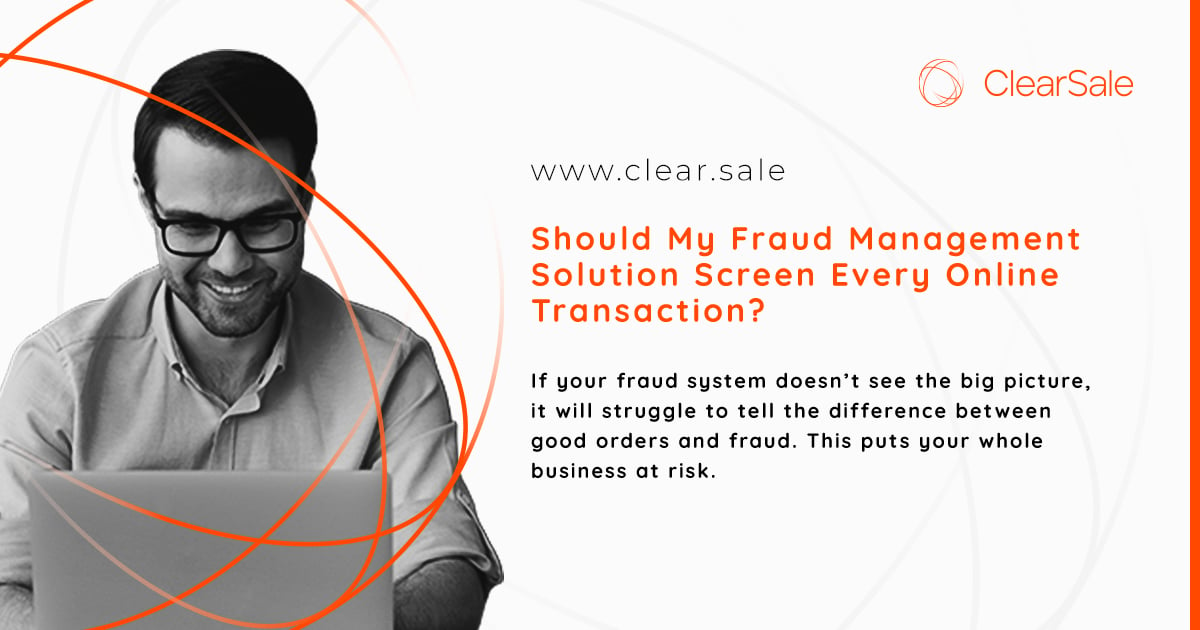
Should My Fraud Management Solution Screen Every Online Transaction?
If your fraud system doesn’t see the big picture, it will struggle to tell the difference between good orders and fraud.

What Is Dropshipping?
Dropshipping allows online retailers to offer consumers a wide range of products without investing directly in expensive inventory.
Ebooks

Food & Delivery Ecommerce: The Rise of Dinner on Demand
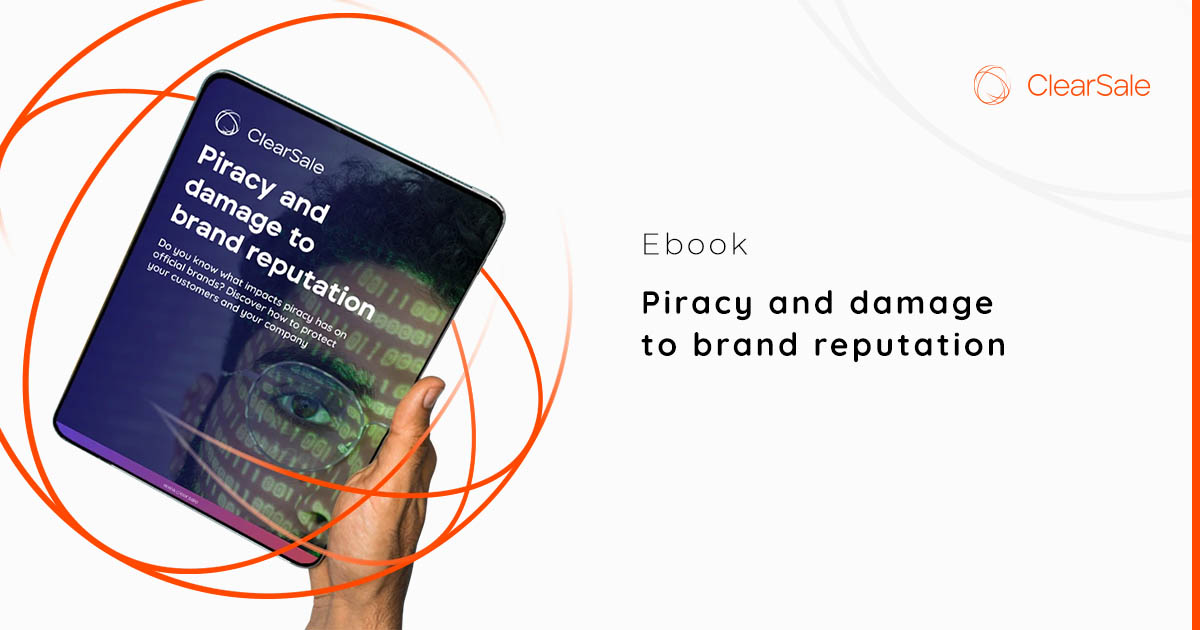
Piracy and damage to brand reputation
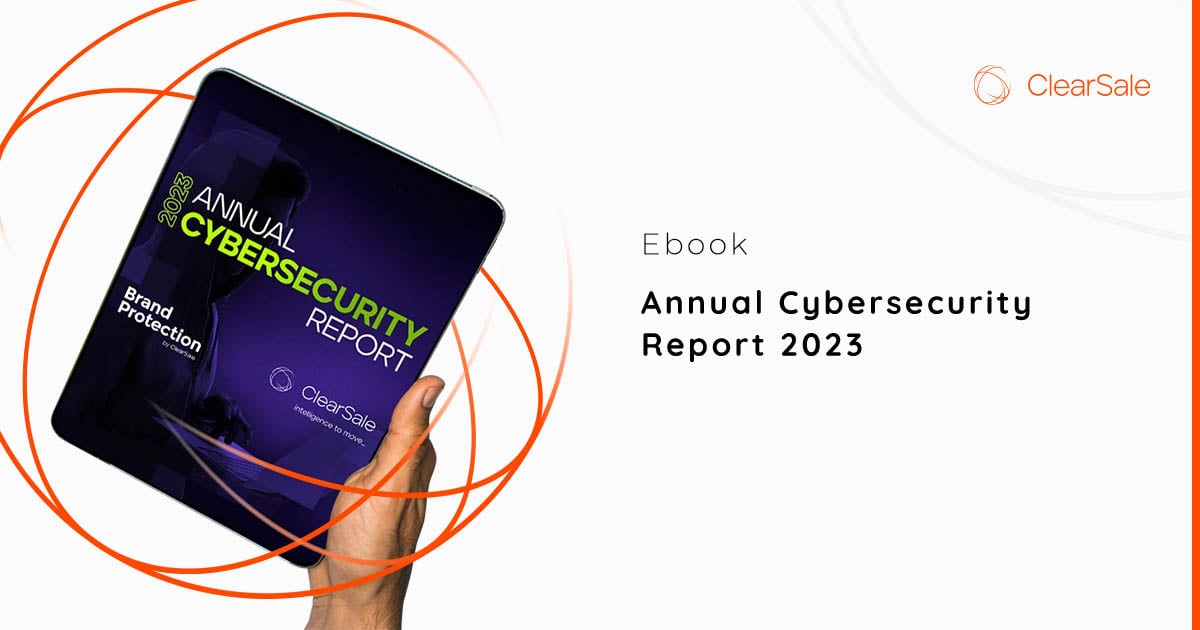
Annual Cybersecurity Report
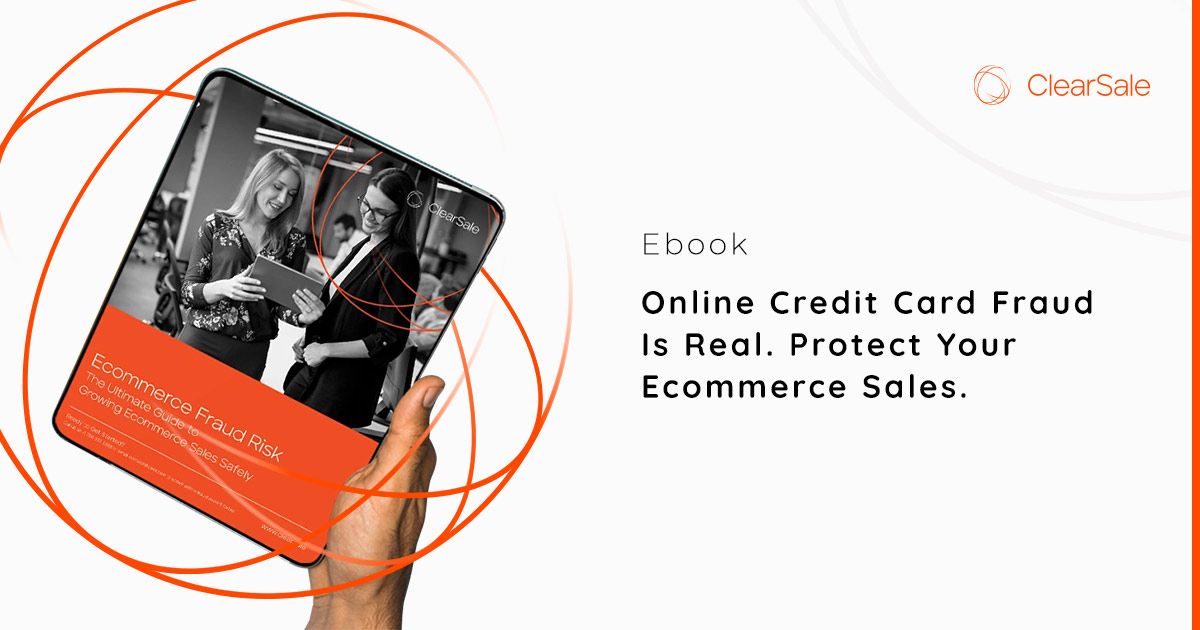
Ecommerce Fraud Risk — The Ultimate Guide to Growing Online Sales Safely
Minimize your ecommerce fraud risk and unleash your sales potential. Download the free Ebook here to learn what you need to know.
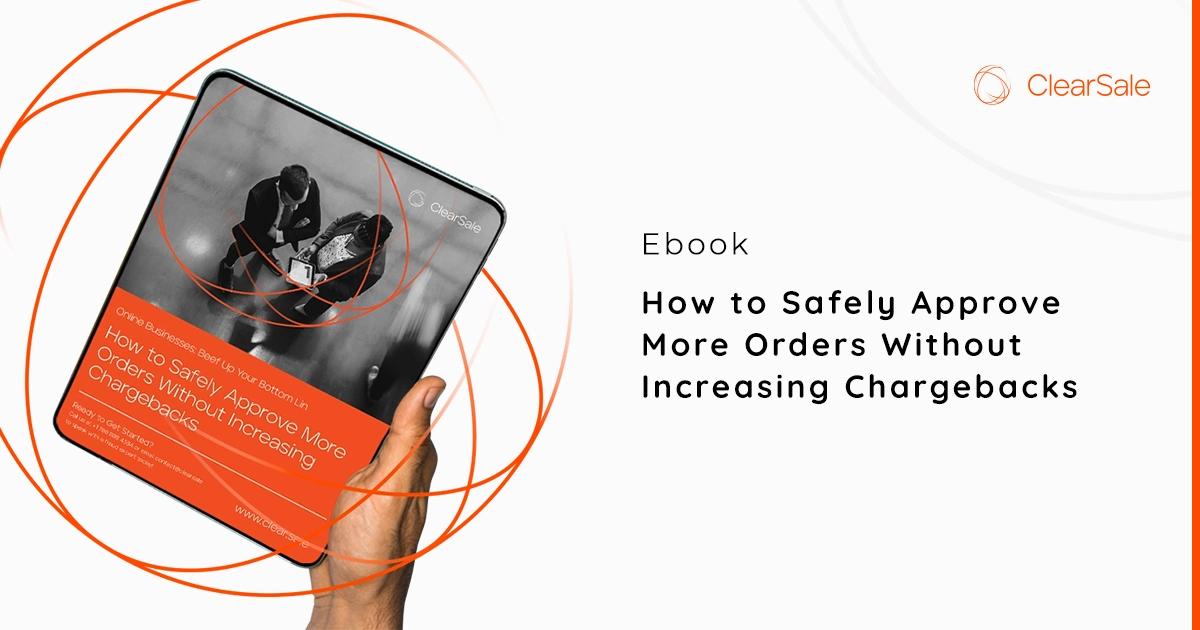
How to Safely Approve More Orders Without Increasing Chargebacks
Find out how to approval more orders without increasing chargebacks, and ultimately beef up your bottom line.
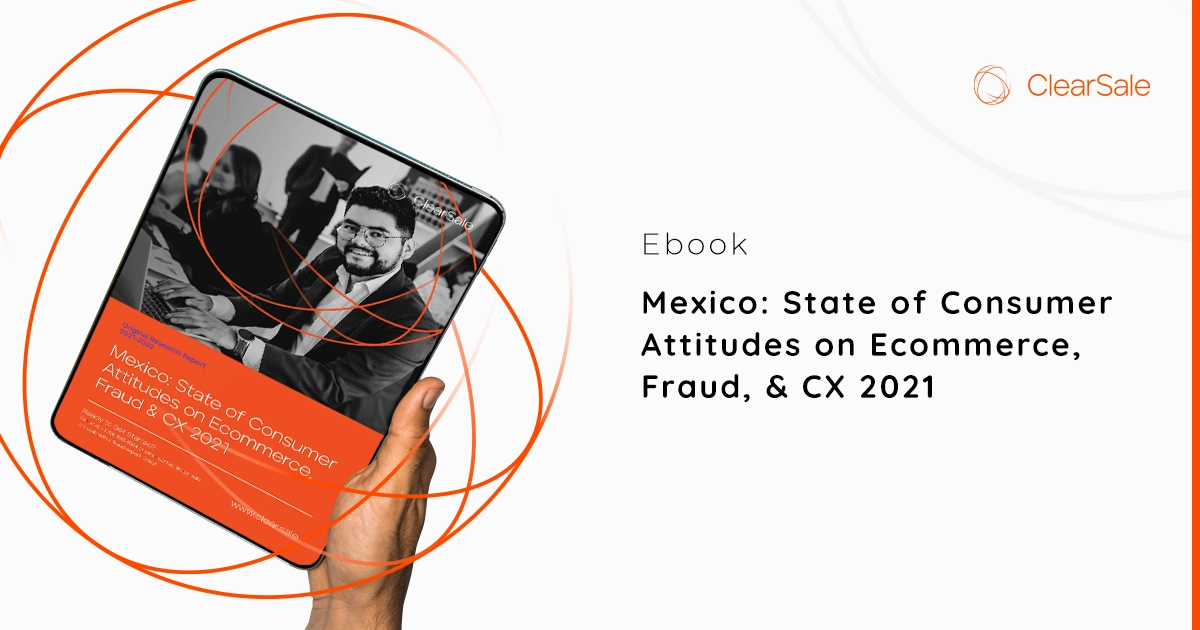
Mexico: State of Consumer Attitudes on Ecommerce, Fraud, & CX 2021
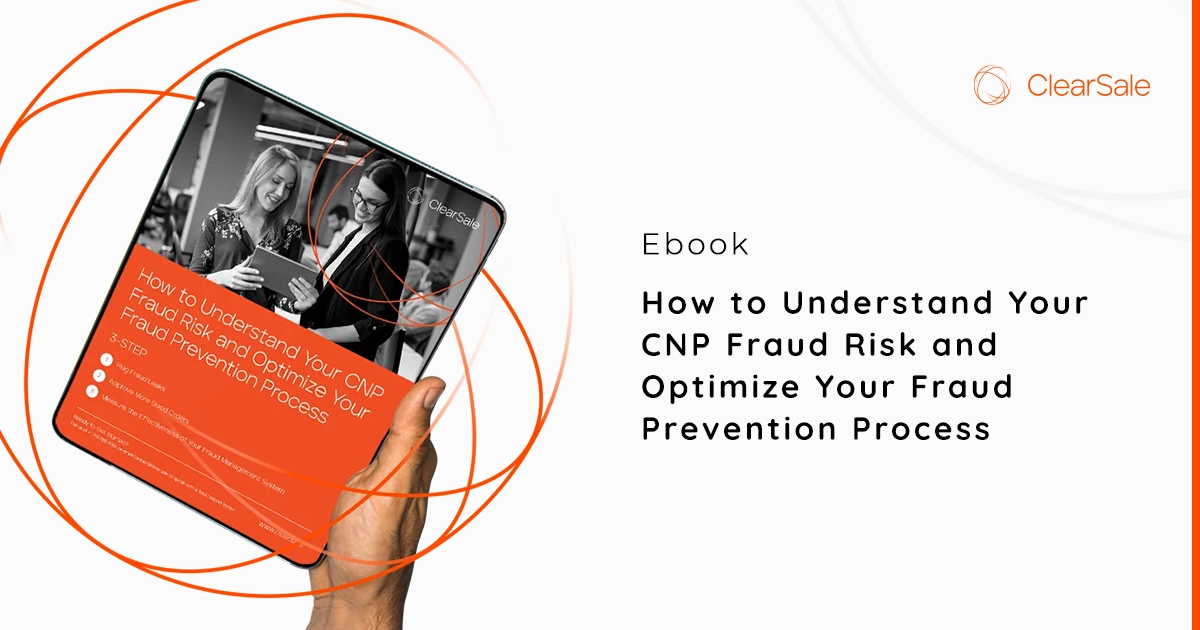
How Well Do You Understand and Manage Your CNP Fraud Risk?
Find out how to assess your CNP fraud risk, so you can plug fraud leaks and approve more good orders.
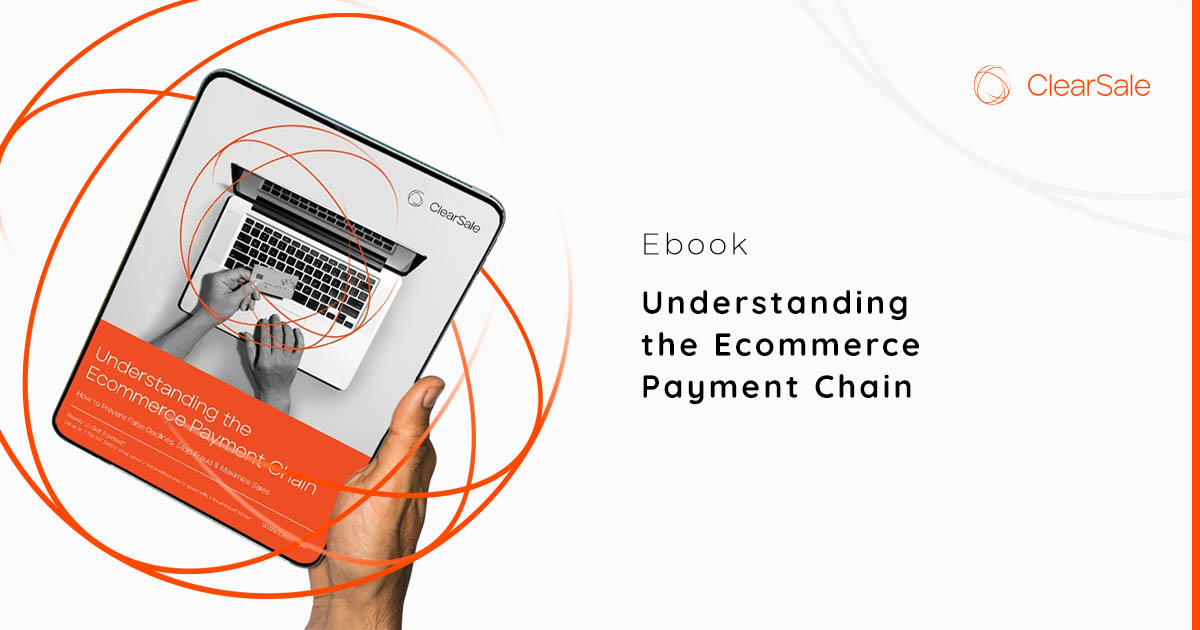
Prevent False Declines, Stop Fraud & Maximize Sales
Learn why orders are approved or declined so you can close more sales and keep customers coming back.
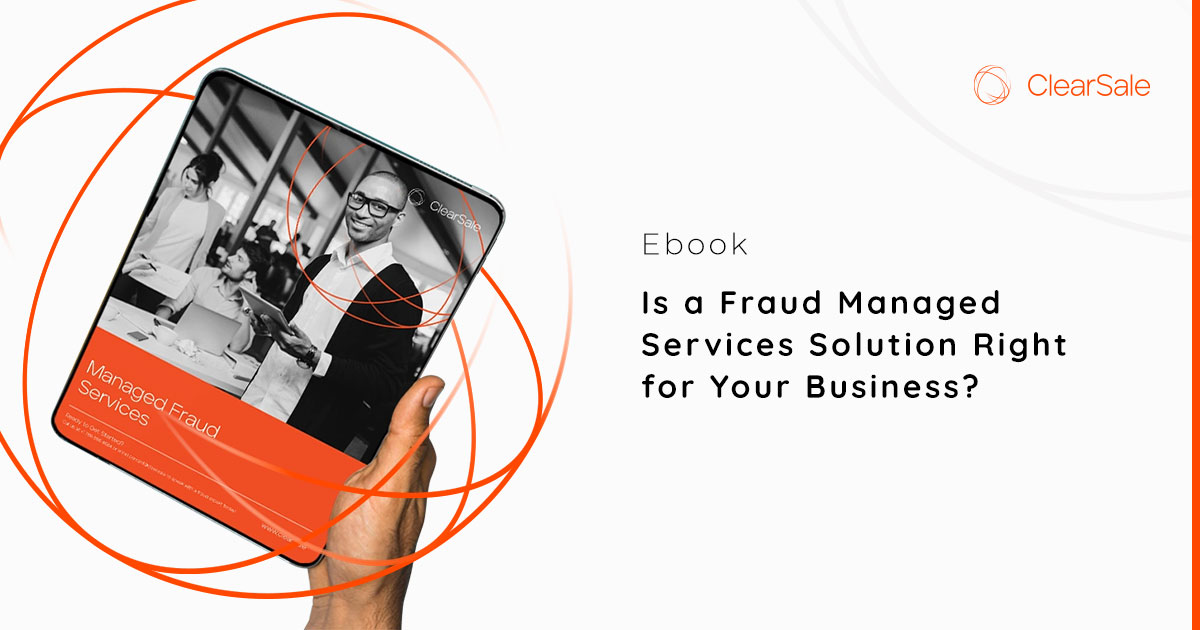
Is a Hybrid Fraud Prevention Solution Right for Your Business?
Find out how a fraud prevention solution is the key to protecting your reputation and your bottom line.

